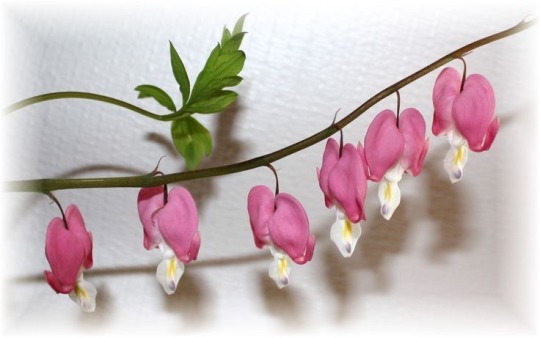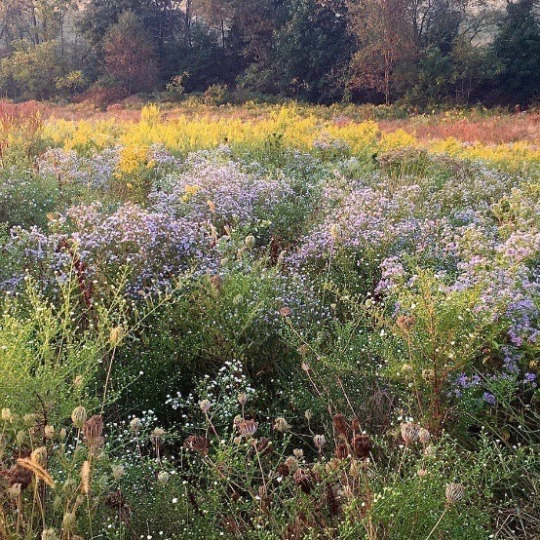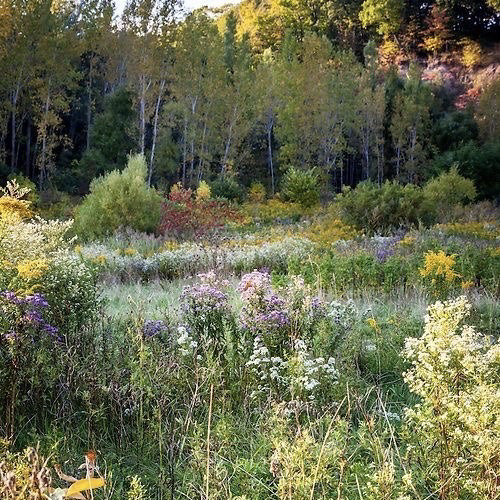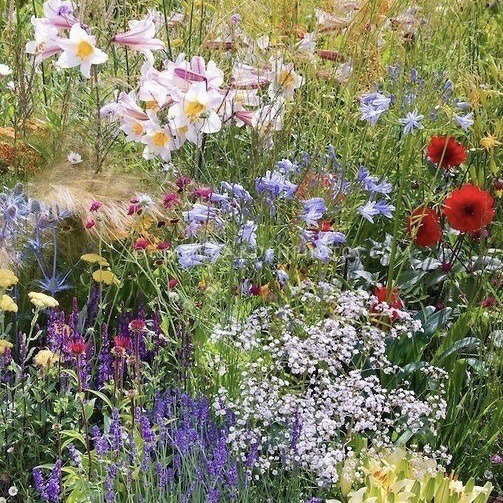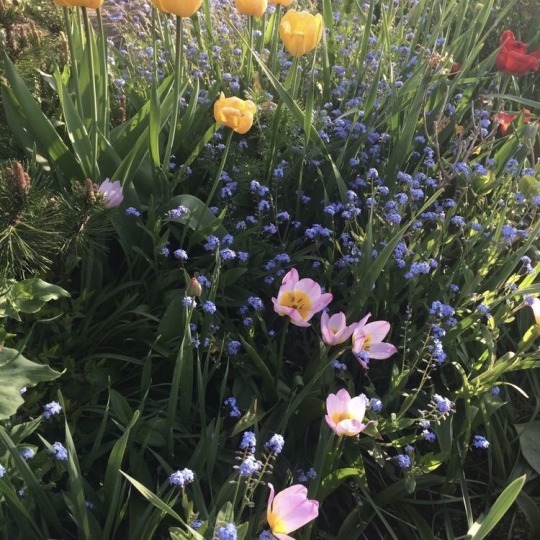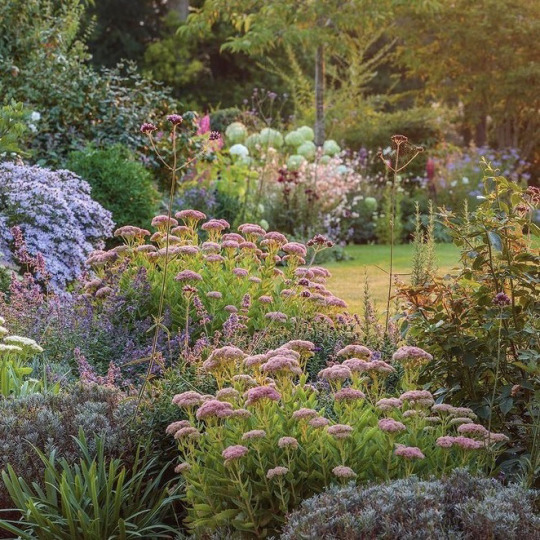Don't wanna be here? Send us removal request.
Text


“Yahaha!”
It’s #FatPlantsFriday! Fat plants are good and so are fat humans! Adenium (51 months from sowing) is here to fight diet culture!
Still no flowers from this one yet but I’m crossing my fingers for a weird color, though I’ll still be happy with the typical reds and pinks.
(Also excuse the blue sticky paper I’m trying to see if it stops mealybugs from walking around)
131 notes
·
View notes
Text

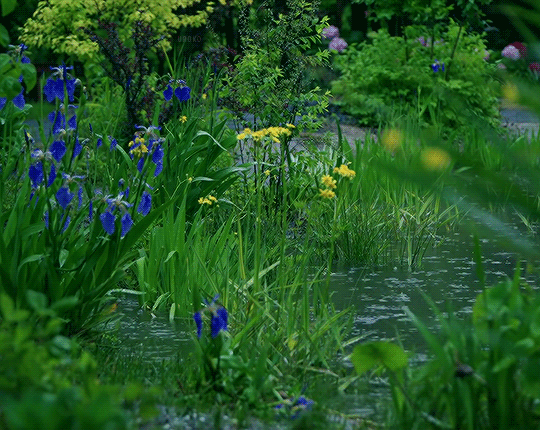


Pyunggang Botanical Garden (평강식물원) // Hello Korea ♡
18K notes
·
View notes
Photo



Babiana odorata
Babiana is a genus in the Iris Family with many species found in South Africa. This one comes from Western Cape Province, to the north of Cape Town in the winter-rainfall region of the country. Its flowers vary in color, with shades of blue, yellow, lavender and white. It gets its name from the fragrance emitted by the flowers.
-Brian
46 notes
·
View notes
Text



“I will have a look at the hellebores in this nursery but I don’t need any mo… Wait a sec…”
Don’t worry, the price is in Canadian dollars.
212 notes
·
View notes
Photo

Heliamphora Scylla from @ivan.danou is such an incredible plant! (at Colorado Springs, Colorado) https://www.instagram.com/p/CoOr6B9uJmL/?igshid=NGJjMDIxMWI=
22 notes
·
View notes
Text



Plant of the Day
Sunday 28 August 2022
The striking flowers of Primula vialii (Vial's primrose) are creating part of this container display. This plant is ideal for damp soil in partial shade, a woodland border or at a pond edge. The dramatic colour of the flowers contrast well with the greens of ferns or Hosta cultivars.
Jill Raggett
184 notes
·
View notes
Photo

Like other carnivorous plants, the pitcher plant (Nepenthes rajah) traps insects for a meal. But what sets this species apart from the more famous Venus flytrap? It also occasionally snares vertebrates, including small mammals and lizards! Its sizable pitcher, a modified leaf, can contain up to 1 liter of fluid, which is often enough to drown small critters that happen to fall in. Powerful digestive acids are then released to help the plant break down and absorb its prey. Insects are attracted to the pitcher plant because of its scent, while small animals such as shrews or geckos may mistakenly seek a drink or shelter in the pitcher. Photo: Attenboroughii, CC-BY-3.0, Wikimedia Commons https://www.instagram.com/p/CSOB-ACroQU/?utm_medium=tumblr
415 notes
·
View notes
Photo

3 of a Kind! Nepenthes bongso is probably the darkest Nepenthes in my greenhouses right now, here are 3 stunning black pitchers! (at Colorado Springs, Colorado) https://www.instagram.com/p/CDDibpQlffm/?igshid=5yhs1ju8uxvd
65 notes
·
View notes




